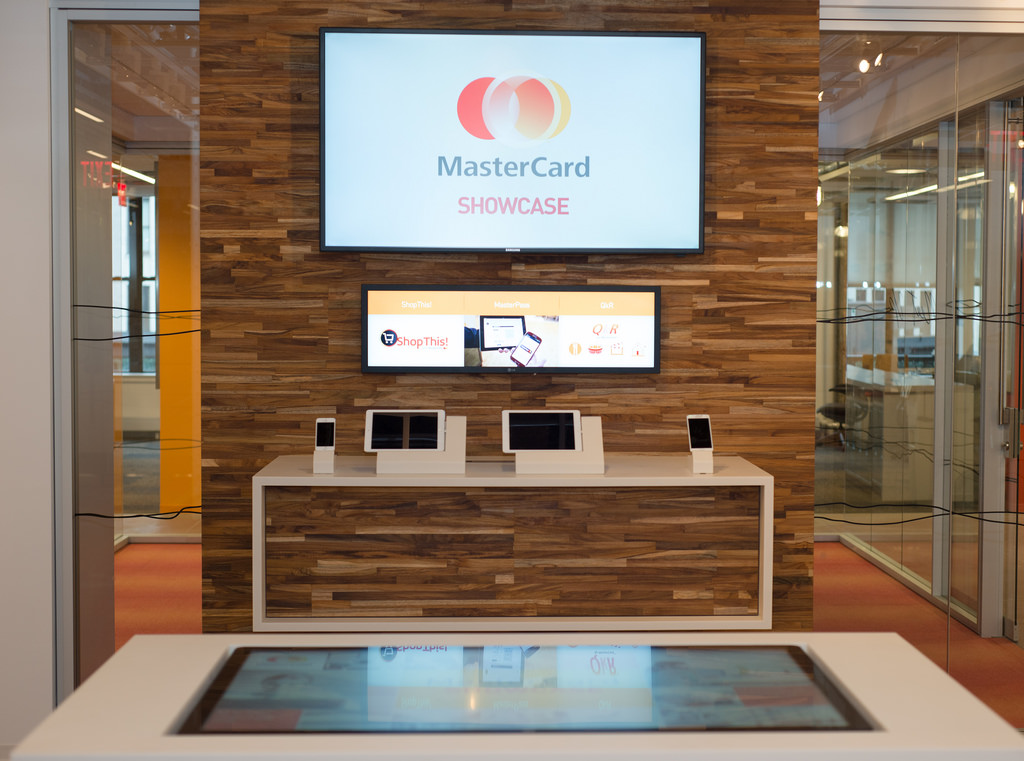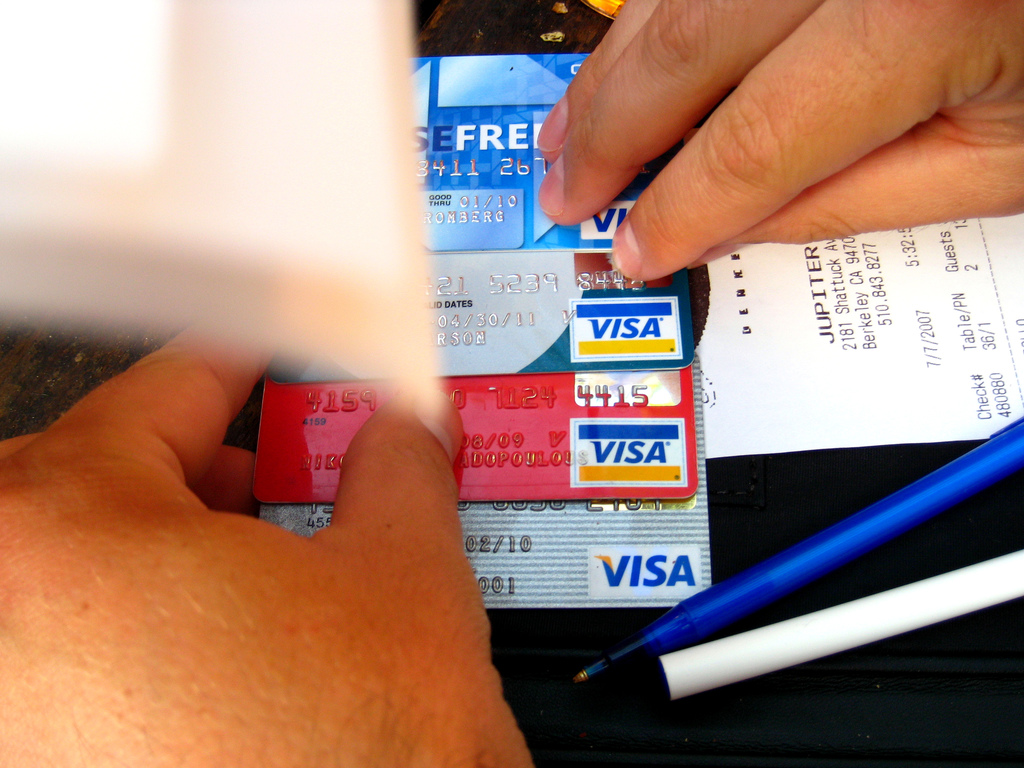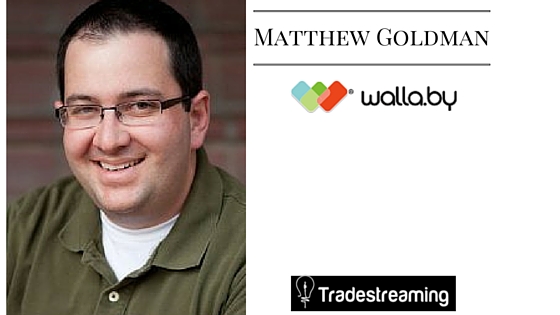Hurry up and wait: Chip and PIN payment technology in the US
How MasterCard Labs fosters a culture of payments innovation
5 trends we’re watching this week
How Curve is changing the nature of physical credit cards
Wallaby optimizes loyalty points by making personalized credit card recommendations
Wallaby bills itself as an intelligent every day spending assistant. The app, available on both iOS and Android, recommends which credit cards users should hold in their wallets to maximize loyalty point accumulation. It also makes recommendations as to which credit card a user should use on specific purchases.
Matthew Goldman, CEO of Wallaby, joins Tradestreaming to talk about how users are maximizing their loyalty points by using Wallaby, how credit cards can be used responsibly to save money and provide smart buyer protection, and where Wallaby is taking its product in 2016.
What is Wallaby? What’s the genesis story — where did the idea for the app come from?

I’ve always traveled extensively for business – as much as four nights a week, every week. With all of the business travel, I became interested in optimizing my travel points and acquired a few cards. One day in early 2011, after landing at the Burbank airport following a business trip, I stopped at a gas station to fill my tank. I swiped my preferred card (SPG) and then the gas pump TV came on and advertised that if I had the Chase Freedom card, I would be able to earn 5% cash back. I did have the Chase Freedom card – it was in my wallet; I had forgotten about the rewards. I figured there had to be a better way to keep track.
How are people inefficient when it comes to maximizing their credit cards (examples)?
People are inefficient in many ways. From a rewards perspective, people often forget about changing categories, such as Chase Freedom and Discover it, which have different categories each quarter. People also forget about ongoing earnings. For instance, if rarely go to a drug store, but have a card with that drug store, you get bonus earnings.
In addition, people often don’t know the true value of a particular point. Wallaby calculates its actual value to understand that five Hilton Points may be worth less than three American Airlines miles and recommend cards based on that. People not only use their cards wrong, but they also rarely have the RIGHT cards in their wallet to begin with.
How does Wallaby make its users more efficient?
We understand your goals: maximizing rewards, minimizing interest, optimizing cash flow. We track your balances, spend limits, rewards and more. This way we can do the math for you and boil it down to a simple “just use this card” so you don’t have to track so many factors. It’s fast and simple and requires a one-time setup.
There’s been pushback on credit cards — why are they smart financial tools for consumers?
Credit cards are smart when you always pay on time and don’t use them to overspend. They provide incremental short-term cash when you really need it. When you don’t immediately need cash, they can save you money and provide protections. Cards enable you to be protected by warranty extensions, travel insurance, roadside assistance and more. They also build credit, which is important to save you money on bigger purchases like auto loans and mortgages.
Can you really get more without spending more?
See above, but a card has many legal and product protections and amenities just for carrying it (free wifi, hotel status, etc.) that don’t require you to spend more money.
Where are you headed with the product? What does the future have in store for Wallaby?
This year we expanded our capabilities around more than just maximizing rewards or making the app smarter, to provide background alerts at the right time so you don’t even have to remember to open the app. Next year, we’re going to expand our capabilities around more financial services products and improve the ways we help you manage your loyalty points.













